Commitment to safeguarding
Habitat for Humanity International has no tolerance for sexual exploitation, abuse and harassment. Learn more about our safeguarding policy.
Habitat for Humanity International has no tolerance for sexual exploitation, abuse and harassment. Learn more about our safeguarding policy.
Habitat for Humanity supporters have made a lasting difference in the lives of families in need of safe and affordable housing. Seven Habitat donors share why supporting Habitat is important to them and why they share our vision of a world where everyone has a decent place to live.
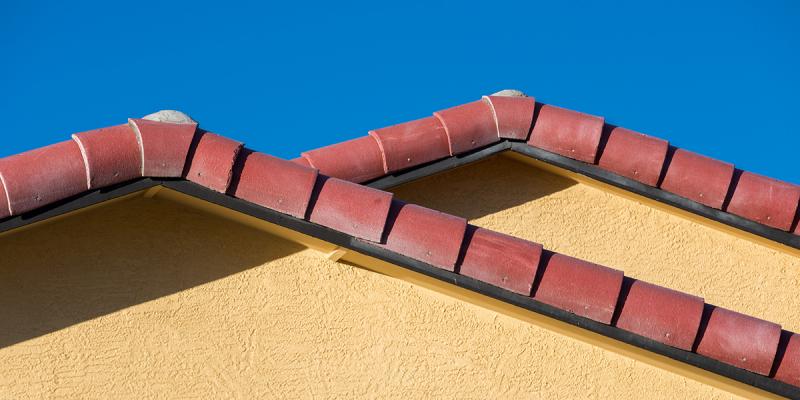
Habitat for Humanity supporters have made a lasting difference in the lives of families in need of safe and affordable housing. Whether through a one-time or monthly gift or a long-term charitable giving plan, each donor is instrumental in helping families build or improve a place they call home.
Seven Habitat donors — Andy, Karen, Nitza, Don and Jena, and Joe and Linda of The Barrett Family Foundation — share why supporting Habitat is important to them and why they share our vision of a world where everyone has a decent place to live.
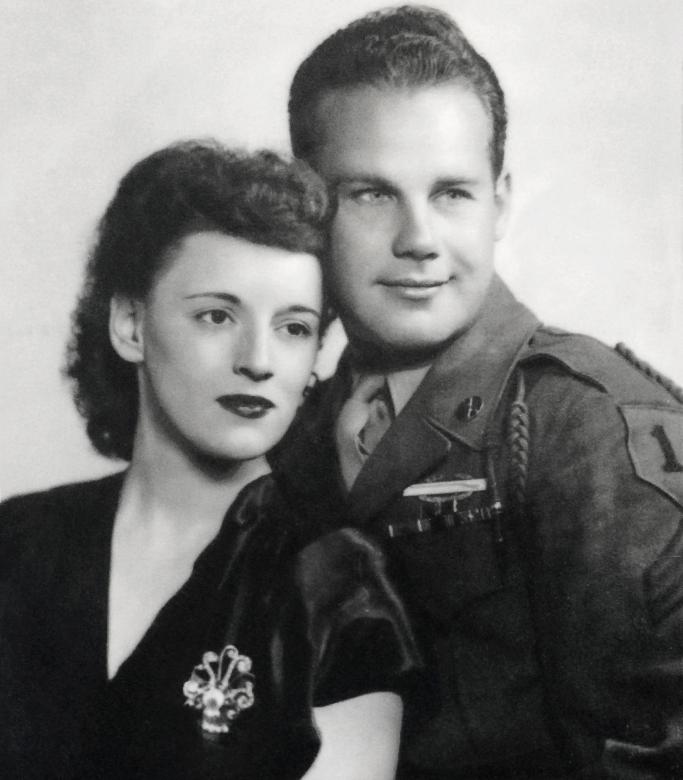
Josephine, a registered nurse, and her husband Gerald “Andy” Anderson, a World War II veteran, had been married for more than 46 years when she passed away. Having been raised in an orphanage, Josephine felt a personal connection to families in need of a safe and stable home. When she learned about Habitat through the advocacy work of former U.S. President and Habitat Humanitarian Jimmy Carter, she immediately wanted to become a part of Habitat’s mission – and she brought Andy along with her. “It proves that my wife was always smarter than me,” Andy says with a laugh. “Because she had the right idea about giving to Habitat.”
Before her passing, Josephine made Andy promise that he’d continue to support Habitat. He kept that promise by establishing a charitable gift annuity. The gift annuity provided Andy an income tax deduction for his initial gift, a fixed income during his life and funds to Habitat after his lifetime. Andy says it feels good to know that his gift is helping more families have access to the strong foundation that a decent home provides – and that he’s honoring Josephine by continuing her legacy of support for Habitat.
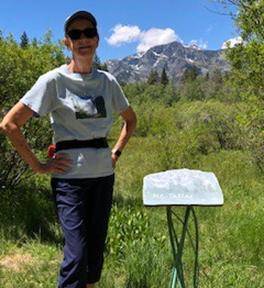
Karen Tracy has been a Habitat HopeBuilder for nearly 25 years. “I was inspired to become a supporter because I believed in the program model of involving the new homeowners in the planning and building of their home,” says the 66-year-old, who is a registered nurse specializing in public health. “I like the fact that Habitat is global and focused on such a diverse array of communities.”
HopeBuilders like Karen give small, automatic donations monthly to help families realize their dream of homeownership. Karen loves the convenience of the HopeBuilder program, which allows her to regularly support a cause that is close to her heart. “The HopeBuilder program makes it so easy to give, and it is great to be able to direct funds to areas where one might have a special interest or concern,” she says.
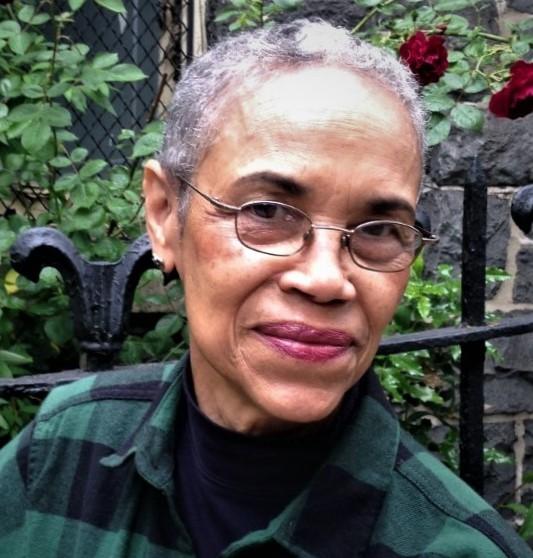
While volunteering with Habitat New York City, Nitza Wagoner fell in love with Habitat’s mission and was inspired to become a long-time supporter. “The fact that Habitat housing is affordable; to me, that principle is important,” says the 74-year-old retiree, who is an experienced photographer, writer and an avid gardener who has been active in her community garden for nearly 30 years.
As a volunteer, Nitza felt a kinship with the Habitat homeowners she worked alongside to help build their homes. They reminded her of her own family who immigrated to America from Puerto Rico and faced challenges finding affordable housing. “There are very few people who could afford the rents here,” says Nitza, referring to New York City’s expensive housing market. “I am happy that Habitat is still building safe and decent homes in partnership with families where they can pay an affordable mortgage.”
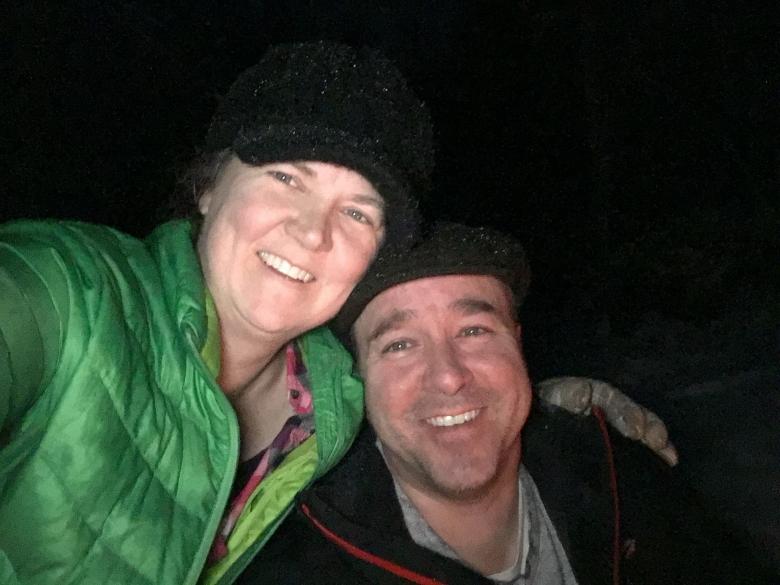
Both Don and Jena Montgomery build things for a living. Don designs dams around the world, and Jena works primarily in public transportation. The couple innately understands the importance of having a solid foundation, for both homes and families, and that’s why they give to Habitat. “What we do professionally is also about helping other people and trying to make the world a little bit better place,” says Don. “In our minds, giving to Habitat is a continuation of that. It feels good to know we are helping families more directly too.”
It was Jena who brought Don into the Habitat fold. Her uncle volunteered with Habitat locally when she was a teen, and eventually she became a volunteer as well. One of her favorite memories of volunteering involves working on one of Habitat’s Women Build projects. “One day that stands out was putting up the trusses for the roof, just because it’s not something that you commonly associate with a group of women getting together one day to do that,” Jena says. “Being able to accomplish that in one day with other women was special.”
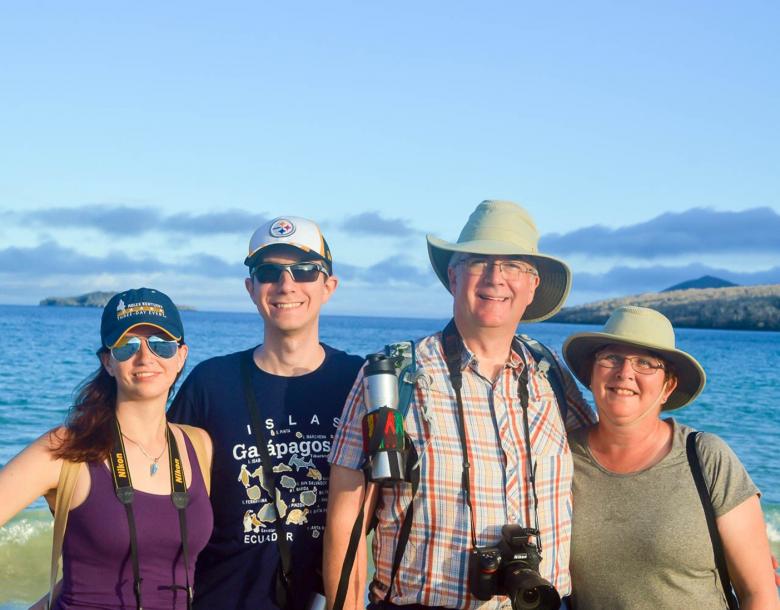
Giving to Habitat is a family affair for the Barretts. Joe and Linda, their children Brian and Shannon, and their children’s spouses, Jillian and Jon, are all active members of The Barrett Family Foundation. The Barretts started their private family foundation to contribute to the causes that are important to them, while fostering a legacy of giving for generations to come. They were drawn to support Habitat because they believe decent housing is the foundation for a family’s brighter future. “Having decent housing is just absolutely essential to everything else,” says Joe. “It improves people’s health, better education, there are a cascade of positive things you get from having a safe and stable home.”
Joe and Linda first learned about Habitat years ago when Joe’s parents began volunteering on Habitat builds through their church group. At the time, the young parents weren’t able to volunteer, but Habitat always held a special place in their hearts. Now retired, Joe has followed in his parents’ footsteps and brought his family along with him. The entire family has volunteered beside homeowners to help build their homes, and Joe, Brian, Shannon, Jillian and Jon have all volunteered as photographers at local events for Loudoun Habitat and Habitat Metro Maryland. Joe says it’s especially powerful seeing a Habitat family claiming their keys during their home dedication. “That’s just a wonderful feeling when you know that a family has a secure place to live and they are positioned for success,” he says.
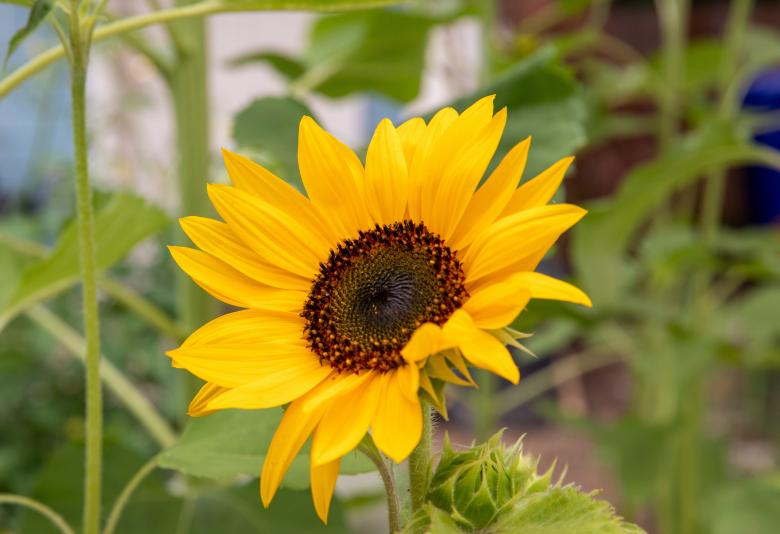
Andy, Karen, Nitza, Don, Jena, Joe and Linda were inspired to support Habitat because they believe in a world where everyone has a decent place to live. With their support, and the support of so many others, Habitat has been able to help families build strength and stability through affordable homeownership — and will be able to continue to do so for years to come.
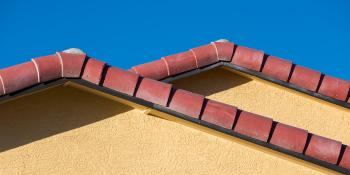
A U.S. Army National Guard veteran and father of four, Moses had dreamed of and worked toward the day where he and his family could have a home of their own. He almost couldn’t believe it when the family services coordinator for Honolulu Habitat for Humanity said, “Welcome to the Habitat family.”
Moses wasn’t sure he heard the voice on the other end of the phone correctly. “Excuse me, can you repeat that?” he remembers asking. The family services coordinator for Honolulu Habitat for Humanity laughed and repeated: “Welcome to the Habitat family.”
A U.S. Army National Guard veteran and father of four, Moses had dreamed of and worked toward this day for years. After his Habitat application was initially denied, Moses worked hard to improve his credit score and establish a better financial standing for his family. Part of his course of action was attending and absorbing the financial literacy seminars Habitat hosted in his community. “Every chance I had to go, I went — and I just kept on dreaming,” Moses says. “The staff would be like, ‘Haven’t you been here before?’ and I’d just say, ‘Yep! I’m just dreaming a dream — but I’m getting better at it!’”
Despite his persistence, Moses’s dream of “having a better house than the one we were in” seemed always just out of reach. Situated on land that has been in his ohana – Hawaiian for family – for six generations, the 50-year-old two-bedroom home that Moses, his two sons and two daughters and, oftentimes, random friends and extended family shared was failing. “We had to use an umbrella inside during the rainy season, the stove didn’t work, most of the outlets were too old to use, the floor collapsed under the shower,” Moses says, listing off just some storm-ravaged home’s issues.
While a new place was impossible to afford, it was also difficult to justify spending his limited income on the growing list of necessary, costly home repairs when more immediate needs were constantly popping up. “I have to make sure there’s food on the table, that the kids are clothed, that we have transportation,” says Moses. Even with two jobs, he has found it difficult to make ends meet here on Hawaii’s Oʻahu island, where the cost of living has soared.
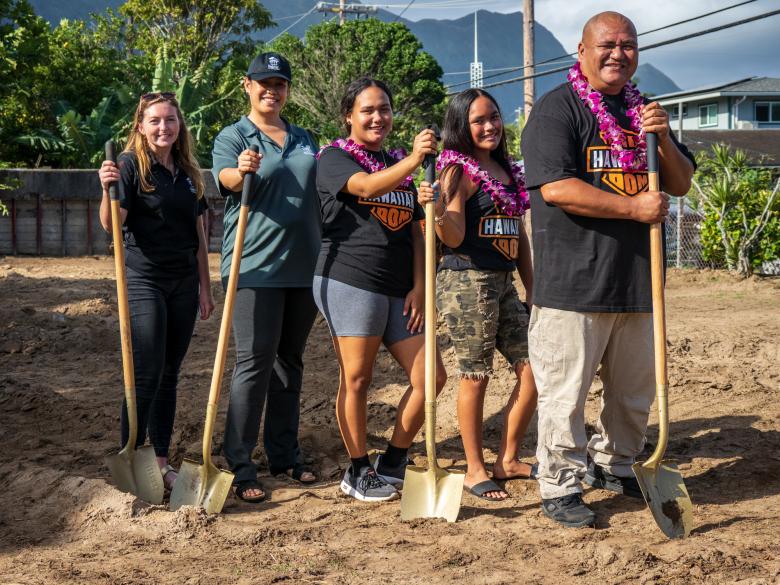
All households in Hawaii are up against these extremely high housing costs — but not equally. Native Hawaiians face greater levels of disadvantage than other Hawaiian residents, according to a 2017 report by the U.S. Department of Housing and Urban Development.
A history of systemic inequality within the economic, educational and social institutions of the U.S. has led to lower average education, higher unemployment and lower incomes among native populations, including in Hawaii. This disparity means the hurdles to affordable housing loom much larger — sometimes impossibly so — over Native Hawaiians compared to their non-Native counterparts.
And so, after years of struggling and exhausting available resources, when the acceptance call came from Honolulu Habitat and provided a pathway to affordable homeownership, Moses had a hard time believing it. “There are so many people in need. I was sure it was going to be the same sad song,” he says.
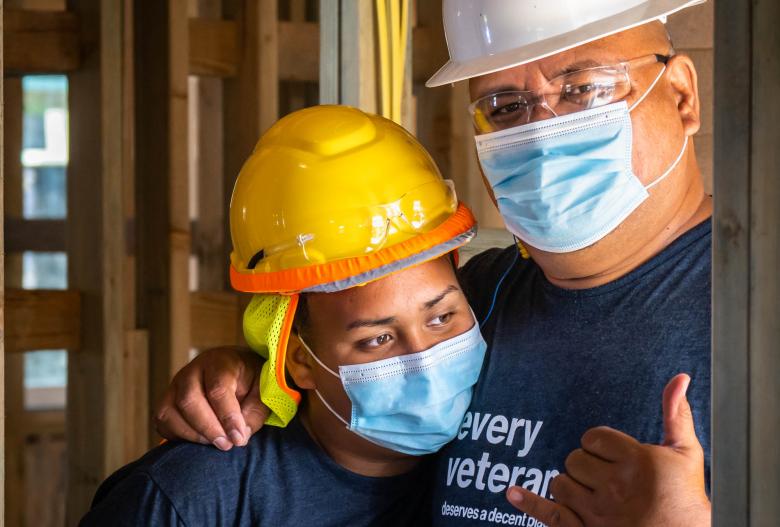
He was so sure that, initially, he thought he misheard it. By the second time, “Welcome to the Habitat family” was the only thing he could hear. Moses called the Habitat office back days later after the shock finally wore off to kindly ask them to repeat everything said after that opening line.
“I just remember seeing stars. I’m seeing glitter and gold, and I’m trying to grasp the reality that I just got accepted. I started crying tears of joy,” says Moses. “This is something that you have to strive and work for, but I tell you, it still felt like I won a super lottery.”
Moses spent the next several months helping other families build their Habitat homes. Just like the financial literacy seminars, he jumped at the opportunity to attend build days at any and every opportunity — even after fulfilling his required hours. “The site supervisors were like, ‘Really? You’re here again? Aren’t you done?’” recalls Moses. “I told them ‘Nah, we’re not done yet.’ I found another mission: To help as much as I can when I can. God’s work ain’t done.”
By the time of his home dedication ceremony, Moses had helped four other families complete construction on their homes, in addition to his own. “After we unpack and get settled in, I plan on getting back out there to help the next family,” he says.
For now, he’s basking in the new peace and comfort that his safe and strong home provides. “We actually have a working kitchen that we can use. We can do laundry here instead of traveling 25 minutes to the expensive 24-hour laundromat. We can offer our guests a bathroom. My girls can shower in their own homes now. Before, we had to cram together; we were never apart. But in this house, we have our own rooms and space,” says Moses, the excitement building in his voice as he realizes just how fully the home will impact their day-to-day lives. “It will all be so much easier.”
One of the biggest changes, he says, is in the intangible. With the home situated on the same parcel of land where generations of his ancestors had lived, it represents a future that is firmly rooted in family and in place. “This home represents security. It’s a strong foundation for my kids to grow on,” says Moses. “Every part of this journey — from dream to reality — has been for them, for their futures. Now the legacy will live on.”
Photography courtesy of ©Howard Wolff Photography 2021.


BillionBricks’ CEO Prasoon Kumar and Chief Design Officer Robert Verrijt were awarded the President’s Design of the Year award, Singapore’s highest honors in design. BillionBricks, which design and technology to reimagine housing, is a current participant in the ShelterTech Southeast Asia accelerator.
In five years, ShelterTech Andean region participant Tierra Grata has reached over 9000 users in 25 rural communities to address basic services, including solar street lighting and eco-friendly bathrooms.
ShelterTech Mexico alumnus Graviti raised a US$2.5 million seed round led by Active Capital. The company’s platform enables low-income customers who are underserved by the traditional banking system to buy basic household appliances, such as water heaters and washing machines, and pay in installments without late fees.
India’s Finance Minister Nirmala Sitharaman inaugurated what is considered by many to be India’s first 3D-printed home. Built by ShelterTech alumnus Tvasta Manufacturing Solution, with support from Habitat’s Terwilliger Center for Innovation in Shelter, the 600-square-foot home required a fraction of the time and materials needed for traditional construction methods.
The co-founders of ShelterTech India alumnus ModulusTech – Yaseen Khalid, M. Saquib Malik and Nabeel Siddiqui – were recognized in Forbes Asia’s Top 30 Under 30 for their work on the affordable housing crisis. ModulusTech offers innovative flat-packed homes that produce 50 times less greenhouse gas emissions compared to concrete buildings.
ShelterTech Southeast Asia participant CUBO Modular was featured in the Phillipines’ Daily Tribune for their affordable and sustainable modular homes made from bamboo.